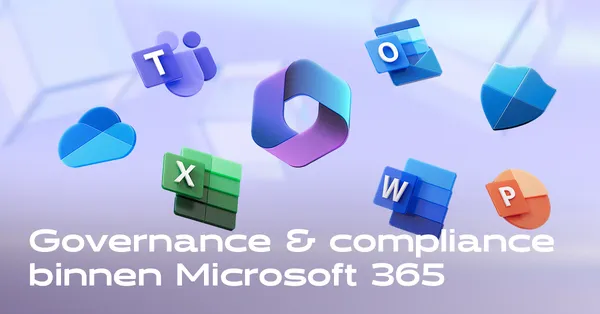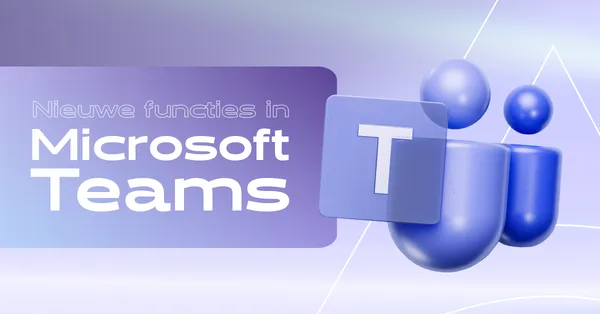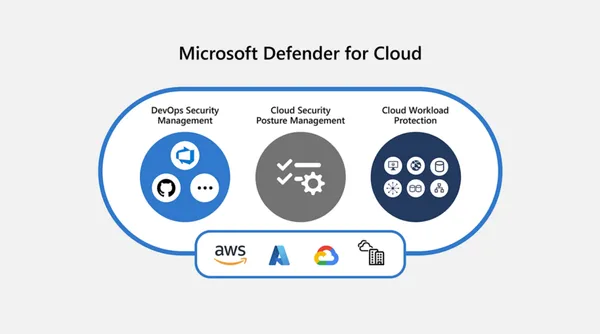
Knowledge base
July 07, 2022
Why your company should check out Microsoft Teams
Chances are, your organization spends a lot of money on your Microsoft Teams installation. That’s fair enough, because it’s a great product, but if you’re spending all that money, you want to get the most out of it, right?
To give your business the best Microsoft Teams experience, you need to check Microsoft Teams to make sure all the features you are paying for are actually working. To do that, you need an understanding of how it works, how well it works and where any problems may arise.
Why don’t you know this yet?
We probably don’t need to tell you this, but most software users don’t register tickets for IT problems as soon as they occur. They will usually go on for a few days before they get so frustrated that they feel they have to log it. As an IT manager or service provider, this poses a significant problem – you find out about problems far too late.
What happens then is that senior members of the team start asking why you didn’t know about this problem earlier and why you didn’t work to prevent other problems like this. As IT, you get stuck in the middle – and that’s not a great place to be.
Native within Microsoft Teams, the ways to detect issues are very limited and outside of CQDs you never get much insight without additional software. The Microsoft Teams service is great, but there are so many variables after the data center where the service begins that you need to be aware of – home ISP connections, local WiFi settings and the hardware used for calls, such as headsets.
There is a better way
Instead of being reactive to the Teams problems you face, it would be much better to work ahead, seeing potential problems before they occur and then working to eliminate them. That approach provides a better user experience and gives your business the true value of Microsoft Teams.
Think about other tools in the Microsoft stack that may also affect Teams. If OneDrive doesn’t work, all your collaboration features in Teams won’t work either. It involves seeing problems in the Microsoft environment, as well as any hardware issues that may exist from the data center to the end user.
Microsoft is not responsible for the problems you face every day – you are. If you are spending hundreds of thousands or even millions of dollars a year on Teams, your company needs to see the best possible return on that investment.
Source: martellotech
Want to know more?

Related
blogs
Tech Updates: Microsoft 365, Azure, Cybersecurity & AI – Weekly in Your Mailbox.









